If you’re searching for a sustainable, eco-friendly alternative to synthetic sponges, growing your own loofah plants might be the perfect solution. Loofah, also spelled luffa, is a member of the gourd family and produces fibrous fruits that, when dried, can be used as natural exfoliating sponges. Not only are they great for skincare routines, but they’re also useful for household cleaning. Plus, these fast-growing vines bring lush greenery and bright yellow flowers to your garden. Here are 10 types of loofah plants you can grow for natural sponges!
1. Smooth Luffa (Luffa aegyptiaca)
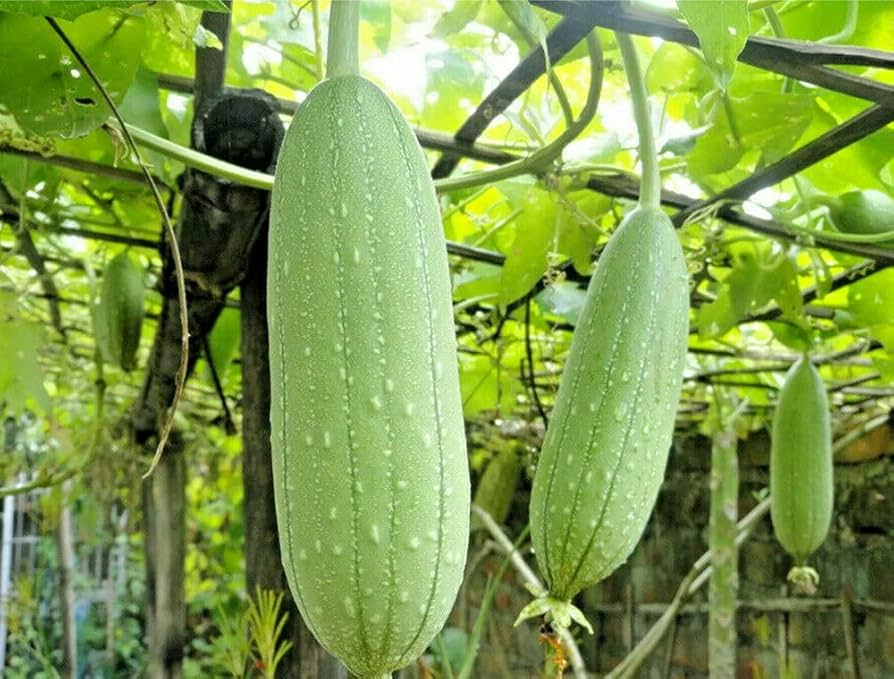
Also known as the Egyptian cucumber, this is the most popular loofah variety for sponge-making. Smooth luffa produces elongated, ridgeless fruits that can grow up to 2 feet long. When young, the fruits are tender enough to eat like zucchini. Left to mature, their fibrous interiors dry into perfect natural sponges. This vigorous vine loves full sun, warm temperatures, and plenty of space to climb. It’s an excellent choice for gardeners in USDA zones 7-11 or those with long, hot summers.
2. Ridged Luffa (Luffa acutangula)
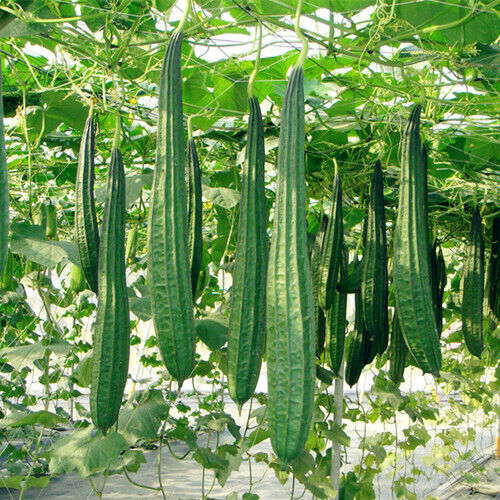
Ridged luffa, sometimes called angled luffa or Chinese okra, features distinct ridges along its fruit. While it’s edible when young and often used in Asian cuisine, the mature fruits develop a fibrous texture ideal for natural scrubbing sponges. The ridged exterior makes for a slightly coarser sponge, perfect for tougher cleaning jobs. This variety grows best in warm, humid climates and needs a sturdy trellis to support its vigorous vines, which can quickly cover fences, pergolas, or arbors.
3. Vietnamese Luffa (Luffa cylindrical ‘Vietnamese’)
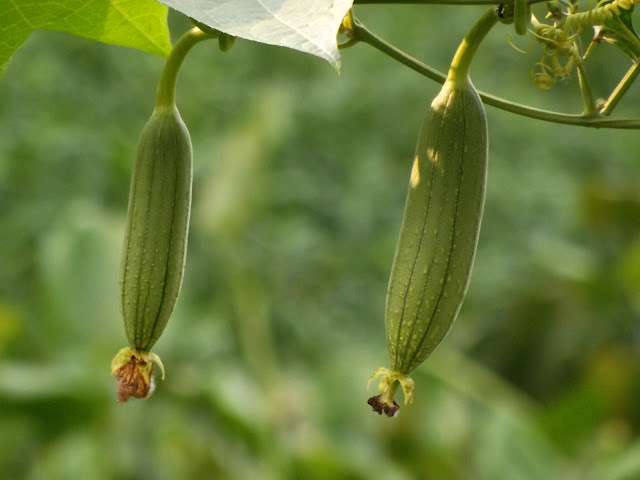
A favorite in Southeast Asian home gardens, the Vietnamese luffa is known for its fast growth and prolific fruiting. It produces long, slender fruits that dry into excellent bath sponges with a soft, flexible texture. Gardeners love this variety for its resilience in hot, tropical climates and its ability to grow in nutrient-poor soils. Its pale yellow flowers attract pollinators, adding beauty and biodiversity to your garden while supplying you with plenty of natural sponges.
4. Indian Sponge Gourd (Luffa cylindrica ‘India’)
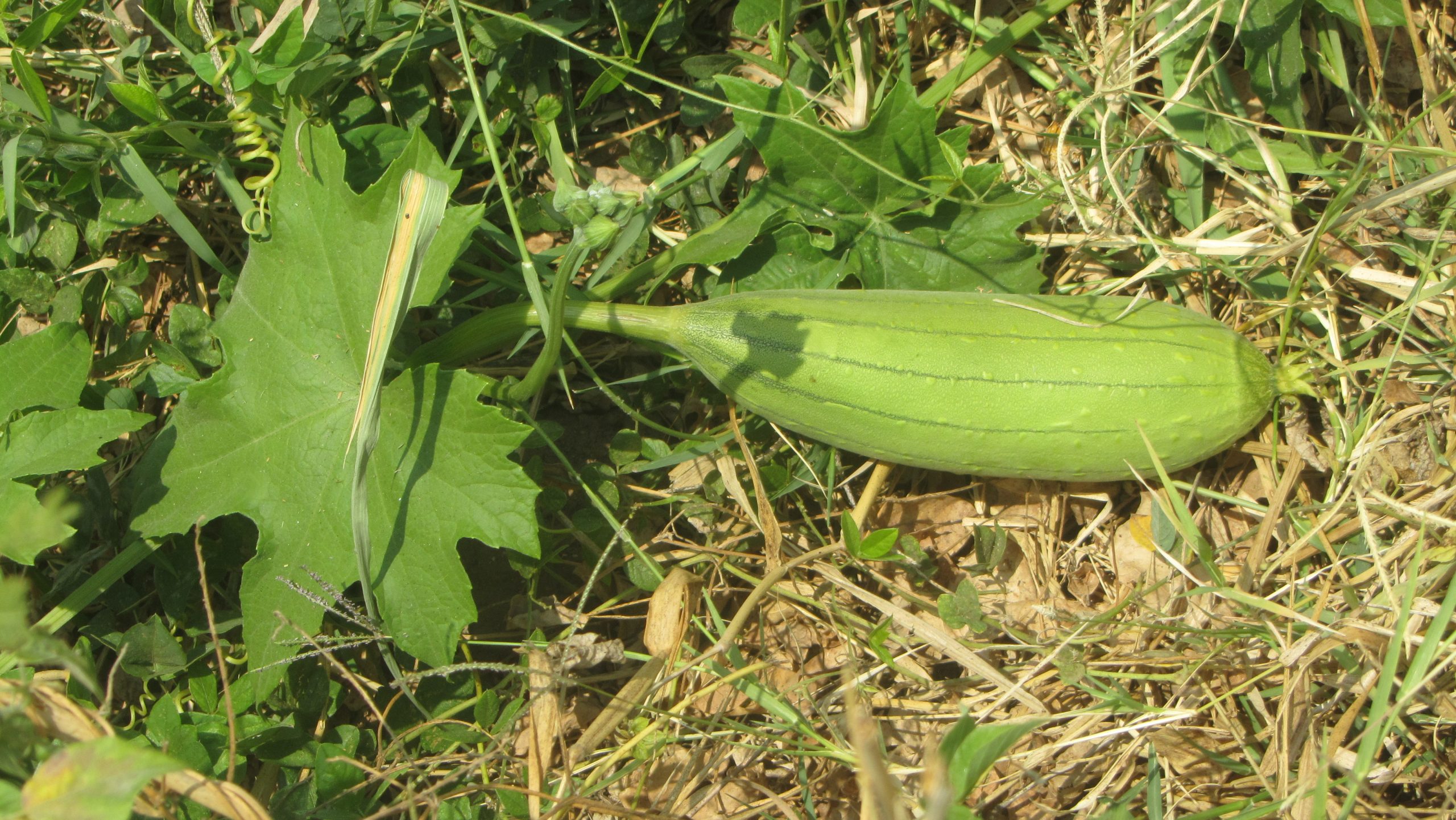
The Indian sponge gourd is highly prized in South Asia for both culinary and household uses. When harvested young, it’s cooked in curries and stir-fries. Left on the vine, the fruits grow into natural loofahs perfect for body exfoliation and dishwashing. This variety is particularly tolerant of heat and monsoon-like rains, making it a reliable option for tropical and subtropical gardens. Its dense foliage also offers natural shade and privacy when grown along fences or trellises.
5. Thai Luffa (Luffa acutangula ‘Thai’)
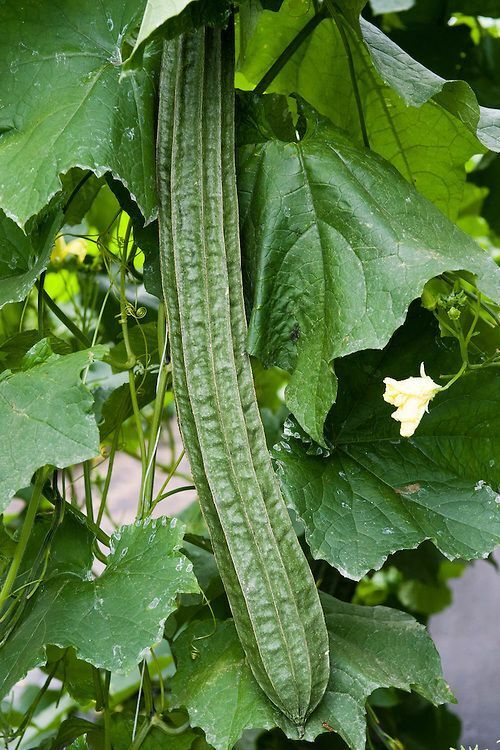
Thai luffa is celebrated for its tender, edible fruits, but it also produces one of the most durable loofahs when left to mature. The sponges are slightly firmer, making them ideal for scrubbing garden tools, countertops, and tougher surfaces. Gardeners appreciate this variety for its rapid growth, drought tolerance, and resistance to common gourd pests. Plant it in full sun with regular watering, and you’ll be rewarded with both edible gourds and plenty of natural sponges by season’s end.
6. Chinese Loofah (Luffa cylindrica ‘Chinese’)
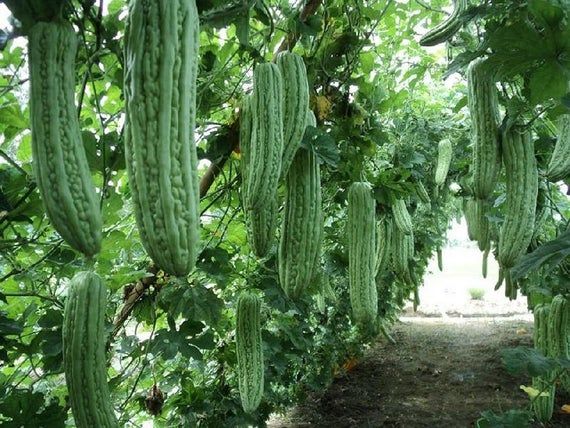
Popular throughout China for its mild-tasting young fruits, the Chinese loofah also yields soft, high-quality natural sponges. The fruits are typically cylindrical and can grow up to 20 inches long. Once dried and peeled, the fibrous interior is used in everything from personal care to cleaning delicate surfaces. This variety grows best in consistently warm temperatures and benefits from rich, well-drained soil. Its yellow blossoms are also a magnet for bees, making it a beneficial addition to pollinator-friendly gardens.
7. Malaysian Luffa (Luffa acutangula ‘Malaysian’)
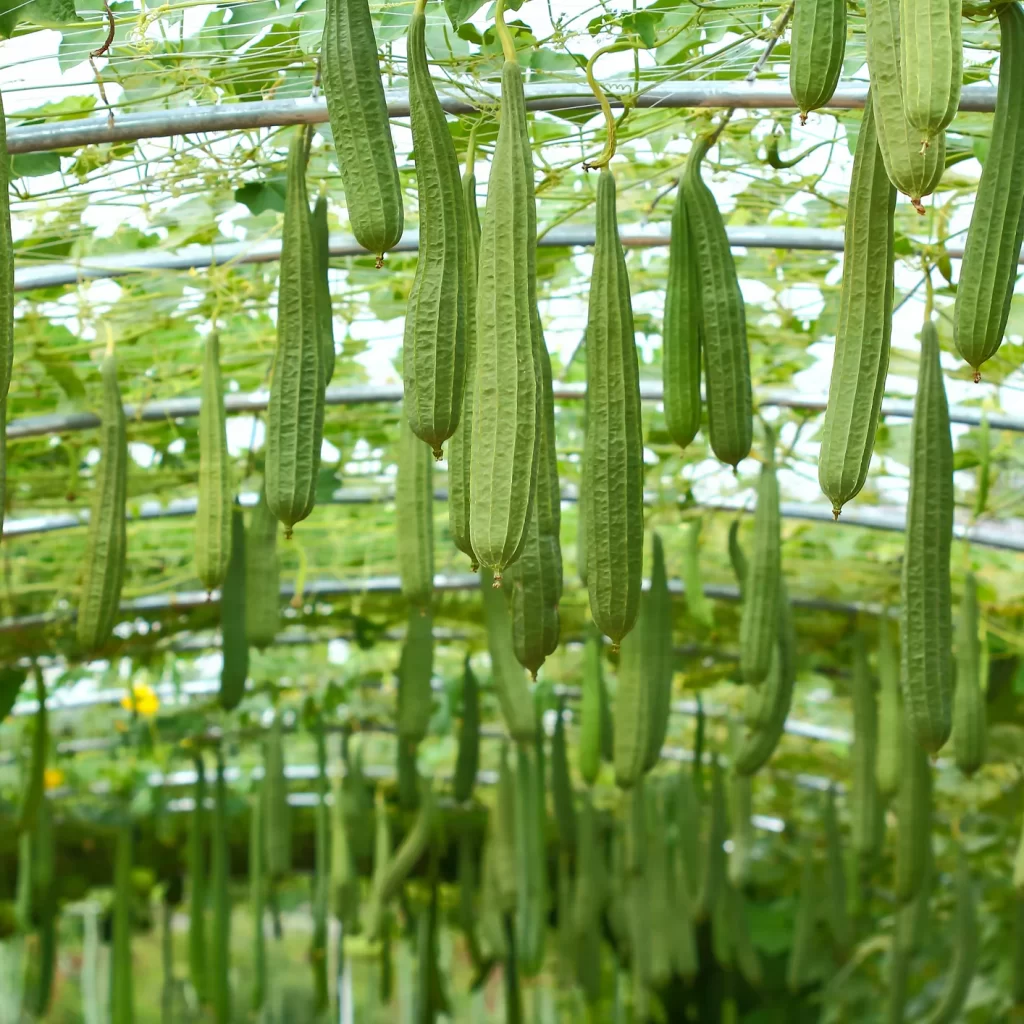
Known for its slightly ridged, elongated fruits, the Malaysian luffa is a versatile plant cherished both in kitchens and homes. When dried, its fibrous core makes a medium-textured sponge ideal for personal care. Gardeners love this plant’s fast growth and low-maintenance nature, requiring little more than sunlight, occasional feeding, and a sturdy support system. It thrives in humid climates and can be grown from late spring to early fall for a steady supply of loofahs and edible gourds.
8. Japanese Luffa (Hechima)
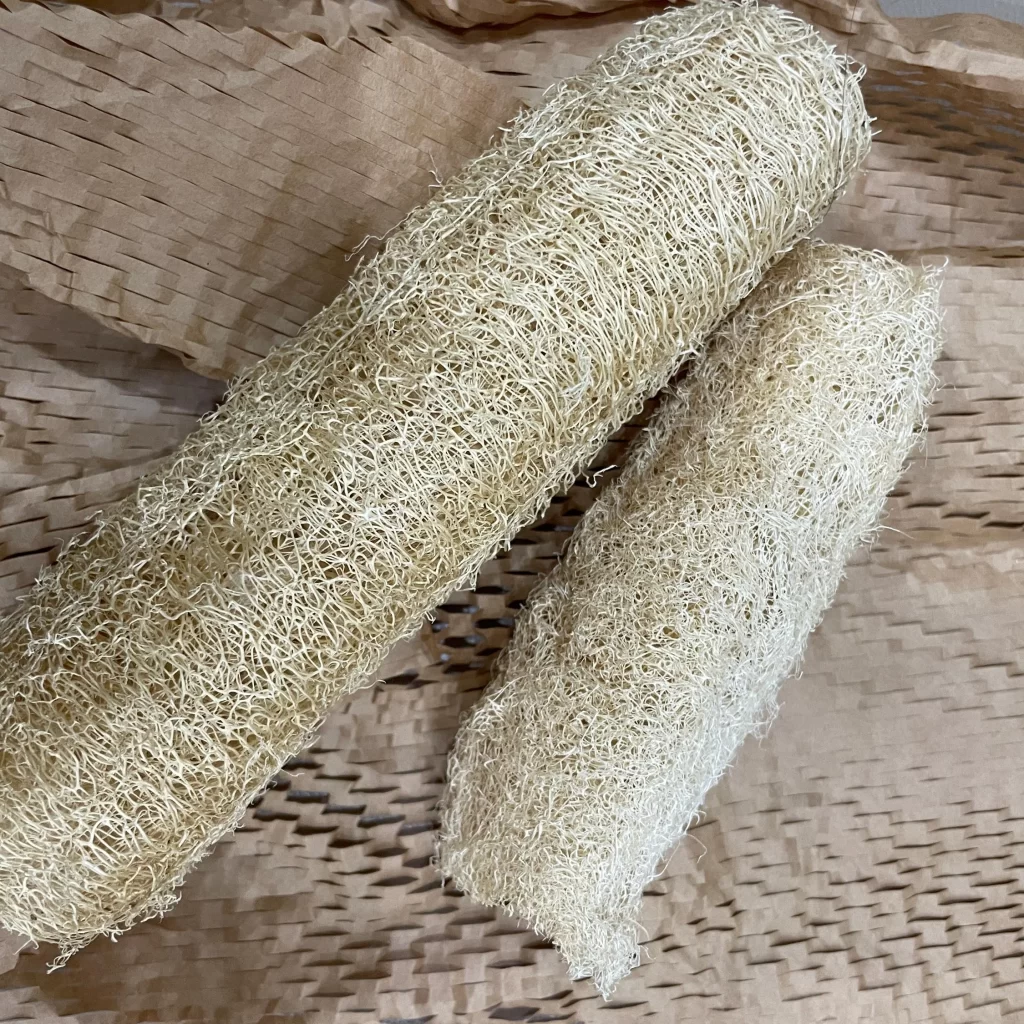
In Japan, the loofah plant—called hechima—is a summer staple. The young gourds are enjoyed in soups and stir-fries, while mature fruits are dried and used as exfoliating sponges. Japanese gardeners favor this variety for its compact, manageable growth and high yield. It’s especially well-suited for small urban gardens where vertical space is maximized. The dried sponges are traditionally used in skincare and household cleaning, and their soft, flexible fibers make them a gentle, natural alternative to synthetic sponges.
9. Philippine Luffa (Patola)
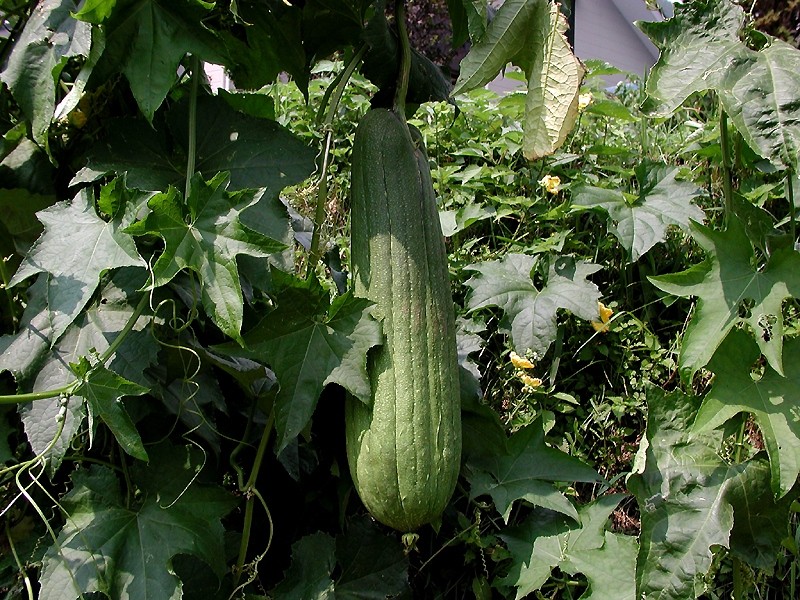
The Philippine luffa, known locally as patola, is a garden favorite for both its culinary and practical uses. Young fruits are added to stews and soups, while mature ones turn into fibrous sponges. This variety thrives in tropical conditions and produces fruits with a medium-coarse texture, suitable for everything from exfoliating skin to scrubbing dishes. The plant grows quickly in well-drained, fertile soil with ample sun and benefits from trellising to keep the gourds off the ground.
10. Wild Luffa (Luffa graveolens)
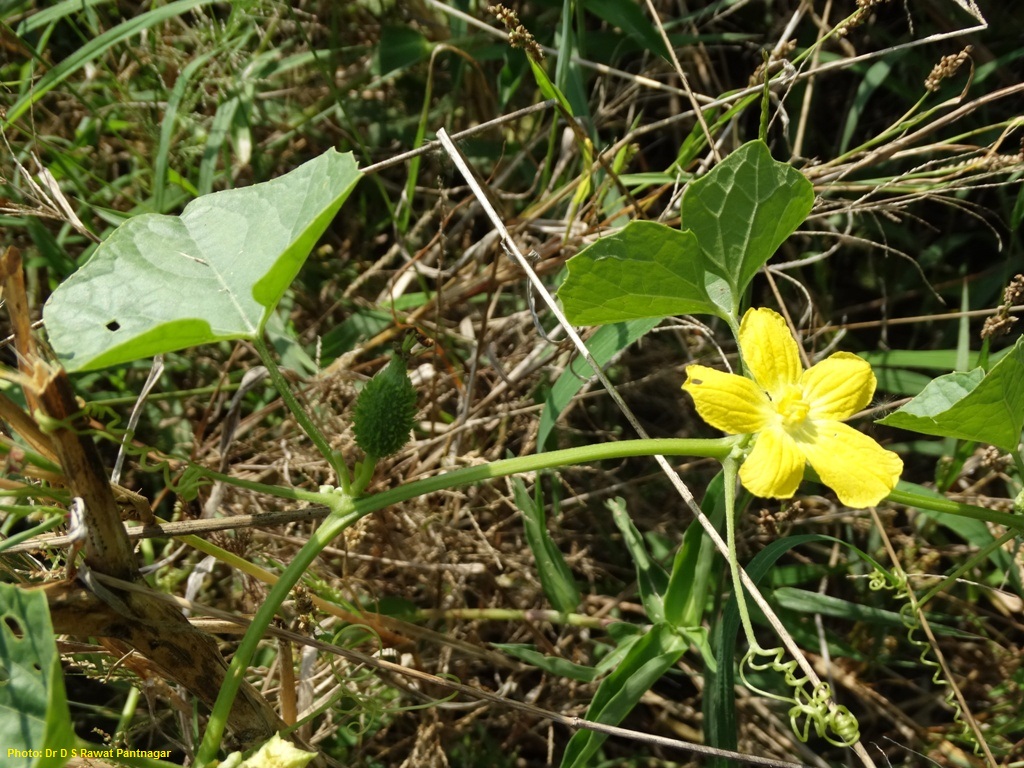
A lesser-known relative of the common loofah, wild luffa grows in untamed regions of Southeast Asia and India. It produces smaller, tougher fruits that dry into coarse, durable sponges ideal for heavy-duty cleaning. While not typically grown for culinary use, it’s valued for its resilience and ability to thrive in poor soils and challenging conditions. This makes it a great option for gardeners seeking a hardy, low-maintenance plant that still delivers useful natural sponges for household chores.

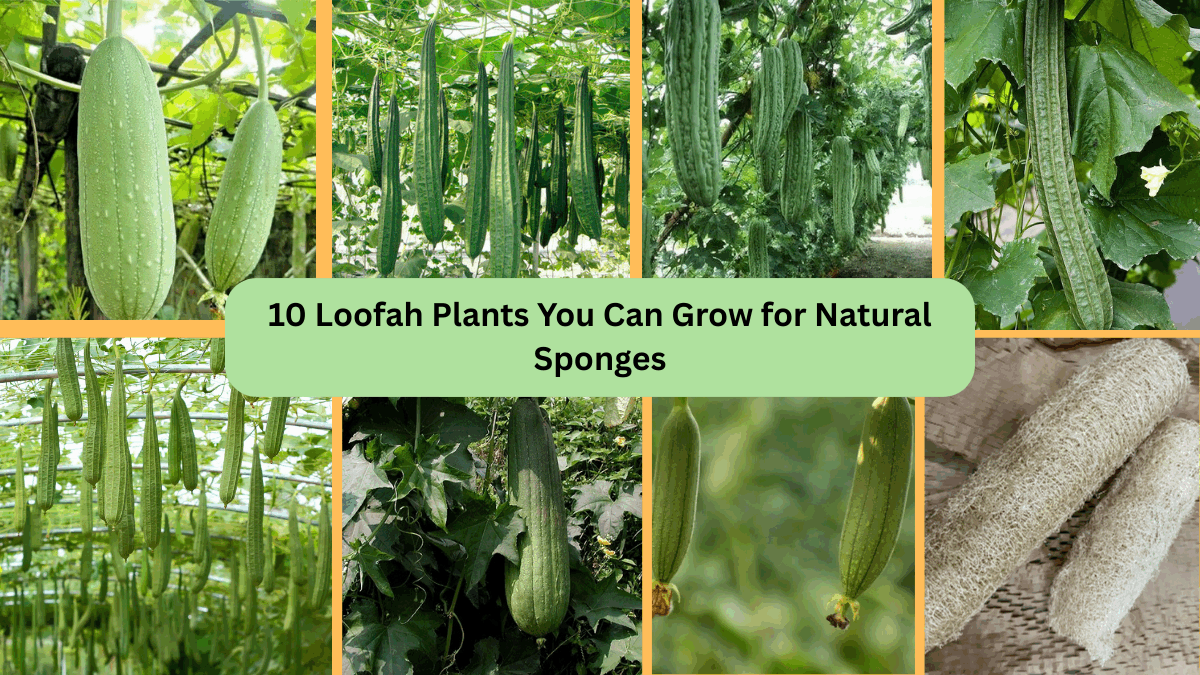
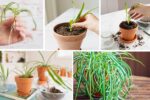


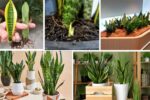
Leave A Comment